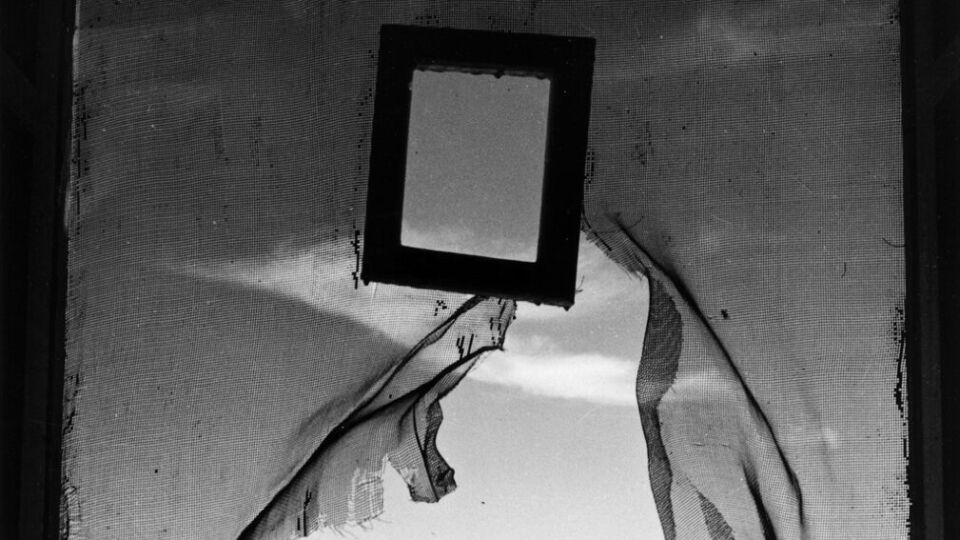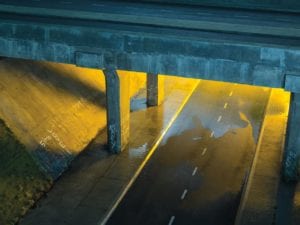Lee Miller’s work defies easy categorisation. It is at once surreal, intimate, unflinching and inventive – a body of photographs that challenges the boundaries of art, journalism and self-expression. Across her career, Miller consistently pushed photography beyond mere representation: her lens became a tool for exploration, a weapon for confronting history and a medium for probing the complexities of identity, gender and the human experience. Tate Britain’s new retrospective, running from October to 15 February 2026, offers the most comprehensive survey of her work ever staged in the UK, presenting around 230 prints – many never before seen – alongside archival materials that illuminate the networks, friendships and creative experiments underpinning her extraordinary practice.
Miller was born in 1907 in Poughkeepsie, New York. Her early years as a model, photographed by luminaries such as Cecil Beaton and Edward Steichen, awakened her to the possibilities of photography, while her initial studies in painting and stage design gave her a keen eye for composition and atmosphere. By 1929, she had moved to Paris, immersing herself in the avant-garde milieu. Her collaboration with Man Ray produced some of the era’s most innovative photographic experiments, notably the solarisation technique, which created striking halo-like reversals of light and dark. Works such as Sirène (Nimet Eloui Bey) exemplify this fusion of surrealist vision and technical daring. Yet Miller’s work in Paris extended beyond experimentation: her street photography captured uncanny juxtapositions in everyday urban life – from oozing tar on the pavement to distorted shop windows – revealing the surreal within the ordinary.
By the early 1930s, Miller had returned to New York and established Lee Miller Studios Inc., marking the emergence of a photographer confident in her own vision. Exhibiting alongside contemporary pioneers of modern photography, she quickly secured an international presence, publishing in journals and magazines that brought her innovative work to a broader audience. Miller’s career was remarkable not only for its achievements but also for the extraordinary context in which they occurred: few women were navigating the avant-garde photographic world at the time. Berenice Abbott in New York was one notable peer, but even Abbott’s visibility in Europe was limited. Miller’s seamless movement from model to photographer, from commercial artist to war correspondent, represents a pioneering defiance of gendered expectations.
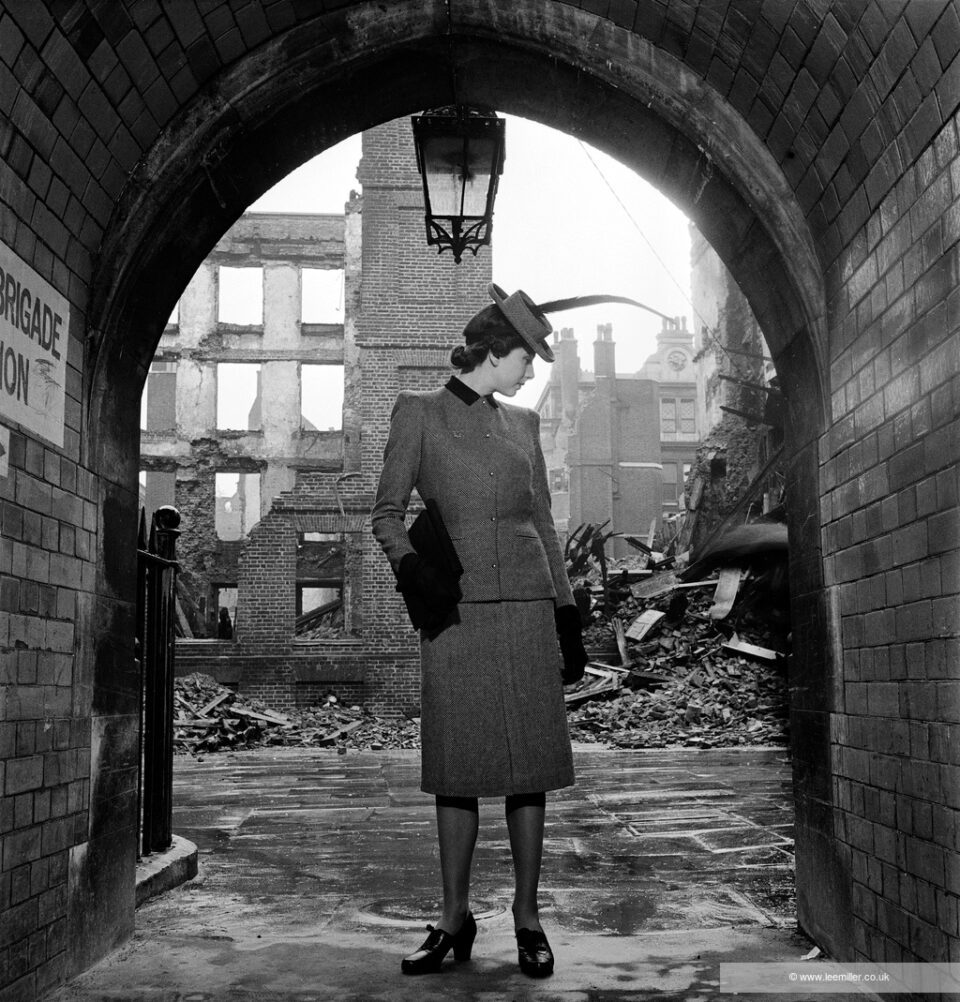
The exhibition also foregrounds Miller’s extensive travels across the Middle East in the 1930s, including her celebrated Portrait of Space, Al Bulwayeb near Siwa (1937). These images reveal a curiosity that extended far beyond aesthetics, encompassing cultural exploration, personal engagement and technical ingenuity. Miller captured the Egyptian desert, the streets of Cairo and rural Syria and Romania, producing work that was both documentary and poetic. Playful and intimate portraits of figures such as Charlie Chaplin and Leonora Carrington illustrate her ability to document both the human and the surreal, while her depictions of landscapes and communities capture environments that are physically vast yet psychologically nuanced. These journeys show how Miller was always attuned to the tension between place, perception and memory – a concern that would continue to define her practice throughout her life.
Miller’s work took an even more radical turn with the outbreak of World War II. In London, she became a leading fashion photographer for British Vogue, but her images of Blitz-torn London – works like You will not lunch in Charlotte Street today (1940) and Fire Masks (1941) – transcended fashion reportage. They juxtapose the absurdity and pathos of wartime existence, capturing moments of resilience amid devastation. Miller then became one of the few accredited female war correspondents, travelling across Europe to document liberation, destruction and human suffering. Her photographs from Dachau and other sites of atrocity remain some of the most powerful visual documents of the 20th century. Even her staged, provocative images in Hitler’s private bath, taken with David E. Scherman immediately after visiting Dachau, demonstrate her fearless engagement with history, morality and performance. These works are not just historical artefacts – they are enduring lessons photography’s capacity to confront and provoke.
Miller’s influence resonates strongly in contemporary photography, particularly among women who navigate questions of agency, representation and identity with the same fearlessness that defined her career. South African visual activist and photographer Zanele Muholi channels a similar ethical intensity in her work, focusing on the lived experiences of the LGBTQIA+ community. Muholi’s portraits, like Miller’s wartime images, carry a profound intimacy that commands attention without sensationalism. Each photograph acts as both a document and an assertion of presence, insisting that marginalised communities are seen and recognised. There is a shared moral rigour in how both artists approach their subjects: a refusal to allow aesthetic concerns to eclipse human truth. In this sense, Muholi carries forward Miller’s vision of photography as a medium capable of social, political and deeply personal intervention.
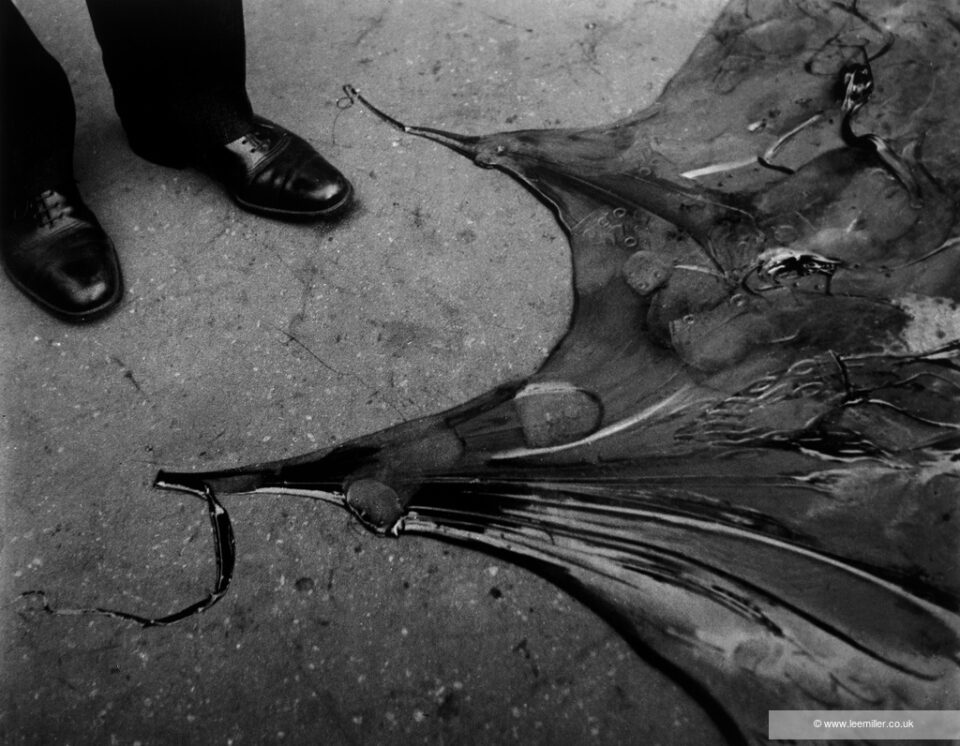
Meanwhile, Hannah Starkey draws inspiration from Miller’s surrealist sensibilities, translating them into the contemporary context of staged, cinematic tableaux. Starkey’s work often explores women in domestic and public spaces, portraying moments of quiet tension, contemplation and narrative ambiguity. Her images, while highly constructed, reflect the same fascination Miller held for the uncanny in everyday life – from the warped reflections of Parisian shop windows to the subtle oddities of urban streets. Starkey’s practice demonstrates how surrealist experimentation can coexist with a rigorous attention to composition and light, revealing layers of meaning that invite the viewer to consider the inner lives of her subjects. The dialogue between Miller and Starkey is one of visual intelligence, where every element of the frame is charged with psychological and aesthetic significance.
Tina Barney, known for her monumental colour portraits of family, social circles and intimate interiors, channels Miller’s sensitivity to nuance and relational dynamics. Barney’s large-format images capture interactions, gestures and social codes with meticulous care, creating tableaux that are both revealing and enigmatic. Like Miller, Barney balances observation with empathy, constructing photographs that feel immediate yet carefully composed. There is an elegance in how both artists manage spatial relationships and human presence within the frame: each figure, each object, contributes to a narrative that is both personal and universally resonant. Collectively, the works of Muholi, Starkey and Barney underscore how Miller’s pioneering spirit – a combination of curiosity, courage and intellectual rigour – continues to shape the possibilities of photography today, inspiring new generations to interrogate identity and presence.
The Tate Britain retrospective allows a rare opportunity to encounter the full spectrum of Miller’s practice, from Parisian surrealism to wartime reportage, from Middle Eastern landscapes to postwar portraits of artists and intellectuals. Archival materials, including letters, magazines and personal ephemera, enrich the experience, revealing the networks and dialogues that supported her work. The exhibition culminates in a striking 1950 self-portrait: Miller perched precariously between two mirrors in Oskar Kokoschka’s London studio, gazing directly into her own lens, framed by artworks, asserting herself as an artist among artists. It is a potent visual metaphor for a career defined by self-possession, curiosity and resilience.
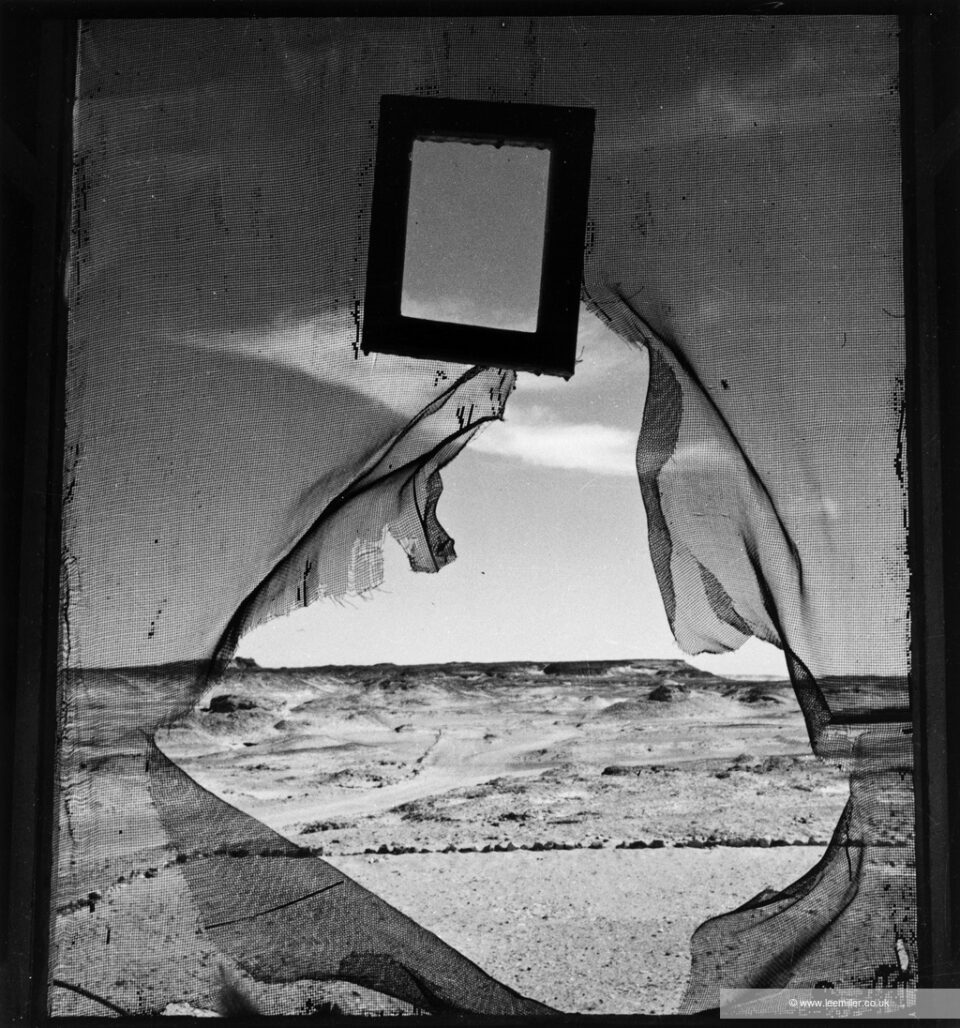
In addition to being the most extensive Miller retrospective staged in the UK, this exhibition follows a lineage of major international showcases that have cemented her reputation. Previous retrospectives at the Musée d’Art Moderne de Paris and the Art Institute of Chicago brought together key moments of her career, but Tate Britain’s show distinguishes itself not only in scale but in depth, incorporating never-before-seen prints and a wealth of archival material. By situating Miller’s work in dialogue with both her contemporaries and successive generations of artists, the exhibition emphasises her continued relevance and groundbreaking contributions to the history of photography. To view Lee Miller’s work is to confront a world simultaneously beautiful, tragic and profoundly human. Her photographs ask us to witness, to reflect and to engage with the world – and with ourselves – through a lens that is at once exacting and empathetic.
Tate Britain’s exhibition ensures that her legacy remains vivid, relevant and transformative, inviting audiences to experience the remarkable breadth and depth of a life lived boldly behind the camera.
Lee Miller is at Tate Britain, London. 2 October – 15 February.
Words: Anna Müller
Image Credits:
1. Lee Miller, Portrait of Space, Al Bulwayeb near Siwa 1937. Lee Miller Archives. © Lee Miller Archives, England 2025. All rights reserved. leemiller.co.uk
2. Lee Miller, Model Elizabeth Cowell wearing Digby Morton suit, London1941. Lee Miller Archives © Lee Miller Archives, England 2025. All rights reserved. leemiller.co.uk.
3. Lee Miller, Untitled, Paris 1930. Lee Miller Archives. © Lee Miller Archives, England 2025. All rights reserved. leemiller.co.uk.
4. Lee Miller, Portrait of Space, Al Bulwayeb near Siwa 1937. Lee Miller Archives. © Lee Miller Archives, England 2025. All rights reserved. leemiller.co.uk


